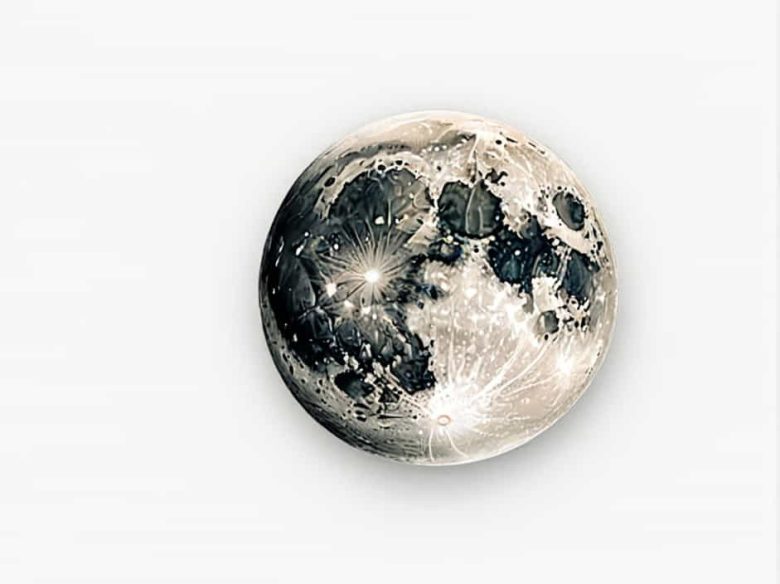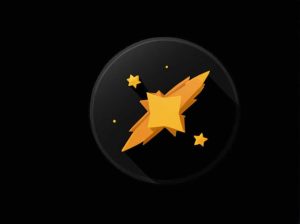The full moon has always captivated human imagination, inspiring myths, art, and scientific inquiry. In August 2024, sky enthusiasts are in for a special treat—a rare Super Blue Moon. This celestial event combines the phenomena of a supermoon and a blue moon, making it a must-see occurrence.
Understanding the August 2024 Full Moon
Date and Time
The full moon in August 2024 will occur on Monday, August 19th. The exact timing varies depending on your location:
- Los Angeles (PDT): 11:26 AM on August 19
- New York (EDT): 2:26 PM on August 19
- London (BST): 7:26 PM on August 19
- Paris (CEST): 8:26 PM on August 19
- Dubai (GST): 10:26 PM on August 19
- Mumbai (IST): 11:56 PM on August 19
- Singapore (SGT): 2:26 AM on August 20
- Sydney (AEST): 4:26 AM on August 20
These times indicate when the moon reaches its fullest phase. However, the moon will appear full to the casual observer for about a day before and after this peak.
What Is a Supermoon?
A supermoon occurs when a full moon coincides with the moon’s closest approach to Earth in its elliptical orbit, known as the perigee. This proximity makes the moon appear larger and brighter than usual—up to 14% larger and 30% brighter. The August 2024 full moon qualifies as a supermoon, offering a spectacular lunar display.
What Is a Blue Moon?
The term blue moon has two definitions:
- Seasonal Blue Moon: The third full moon in an astronomical season containing four full moons.
- Monthly Blue Moon: The second full moon occurring within a single calendar month.
In August 2024, the full moon is considered a seasonal blue moon, being the third of four full moons in the summer season. Despite its name, a blue moon doesn’t appear blue in color; the term simply signifies its rarity.
The Sturgeon Moon
Traditionally, the full moon in August is called the Sturgeon Moon. This name originates from Native American tribes, particularly the Algonquin, who found that sturgeon—a large fish native to North America’s Great Lakes and rivers—were most readily caught during this time. The name reflects the importance of these fish to indigenous communities during the late summer months.
Astrological Significance
Astrologically, the August 2024 full moon falls in the sign of Aquarius, opposing the sun in Leo. This alignment is believed to influence various aspects of life, including emotions, relationships, and societal dynamics. Astrologers suggest that full moons in Aquarius encourage collective thinking, innovation, and a focus on community welfare.
Viewing the Super Blue Sturgeon Moon
Best Viewing Practices
To fully appreciate the Super Blue Sturgeon Moon:
- Find a Clear View: Choose a location with an unobstructed view of the horizon, away from city lights.
- Check Moonrise and Moonset Times: The moon appears largest near the horizon during moonrise and moonset.
- Use Binoculars or a Telescope: While not necessary, these tools can enhance the viewing experience by revealing lunar details.
Photographing the Supermoon
Capturing the Super Blue Sturgeon Moon can be rewarding. Here are some tips:
- Use a Telephoto Lens: A lens with a focal length of 200mm or more will help capture the moon’s details.
- Stabilize Your Camera: Use a tripod to prevent blurring from camera shake.
- Adjust Exposure Settings: The moon is bright; start with a low ISO (100 or 200) and a fast shutter speed (1/250 second) to avoid overexposure.
Cultural and Historical Context
Global Traditions
The full moon has been significant in various cultures:
-
Chinese Culture: August’s full moon aligns with the Hungry Ghost Festival, a time to honor deceased ancestors.
-
Japanese Culture: The Obon Festival celebrates ancestral spirits, with dances and lanterns guiding spirits back to the afterlife.
Modern Celebrations
Today, full moons inspire events like moonlit hikes, photography sessions, and social gatherings, allowing people to reconnect with nature and cultural traditions.
Scientific Exploration
Lunar Research
The moon’s proximity during a supermoon offers opportunities for scientific observation:
- Tidal Studies: Supermoons can cause higher-than-average tides, known as perigean spring tides, which are monitored to understand coastal dynamics.
- Lunar Mapping: Astronomers use these occasions to refine maps of the lunar surface, aiding future missions.
Public Engagement
Supermoons generate public interest in astronomy, leading to increased



